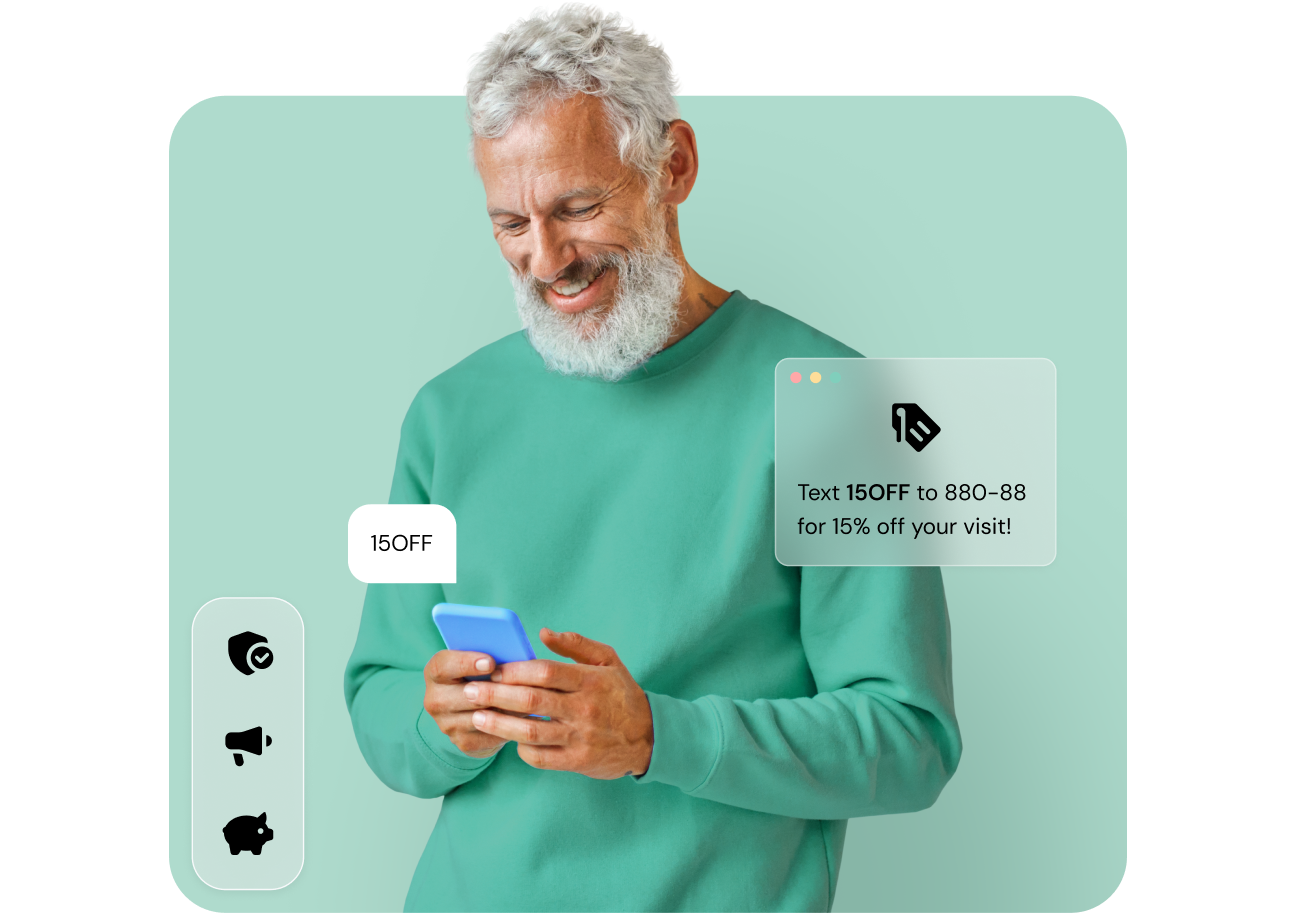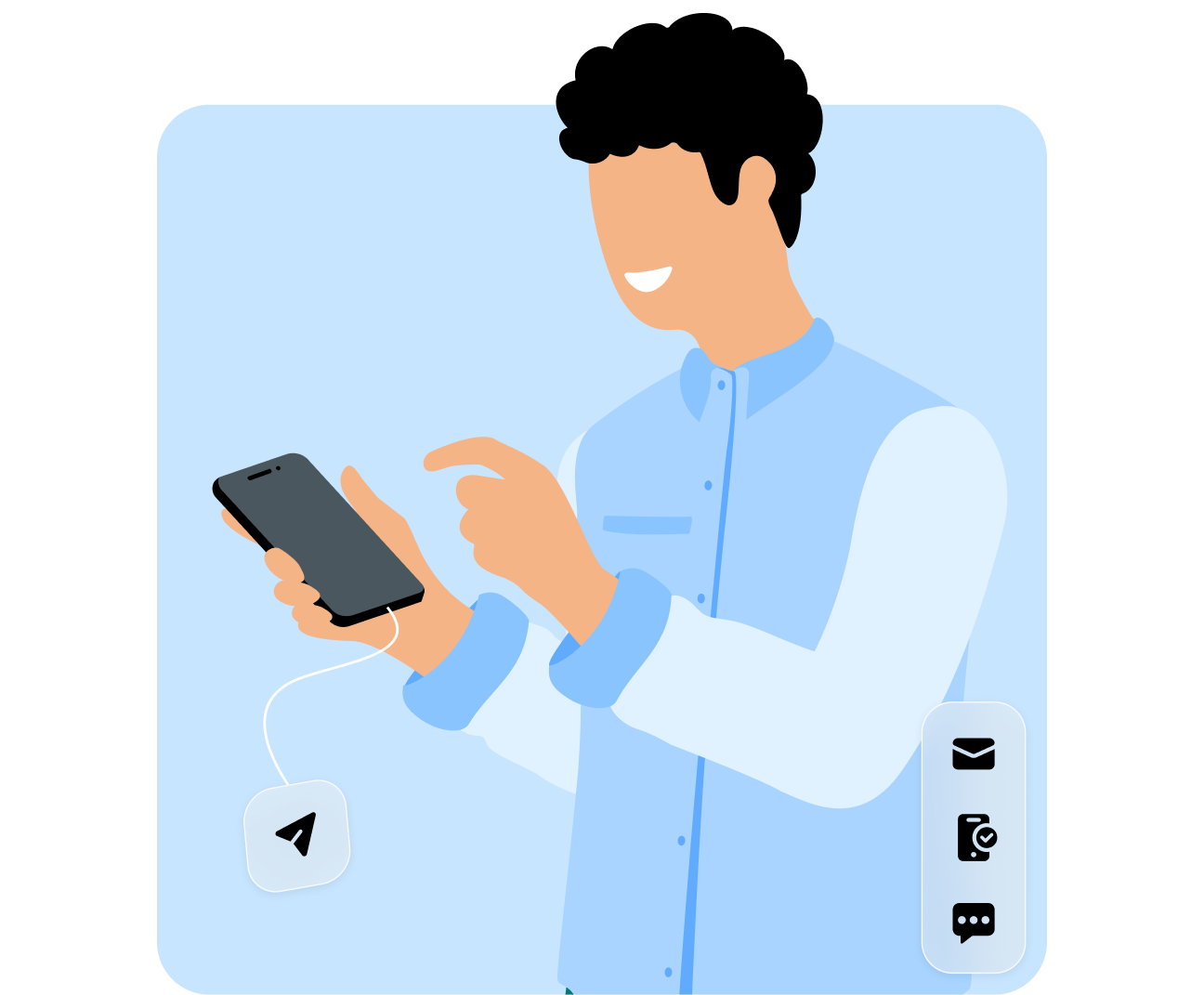SHORT CODES
Recognizable numbers for SMS campaigns and messaging
Your number represents your brand, so why not make it recognizable? Short, sweet, and simple!

SHORT CODES
Your number represents your brand, so why not make it recognizable? Short, sweet, and simple!


Make your messages instantly recognizable! Short codes are easy to remember, and when used effectively and consistently they can become synonymous with a brand. Deliver secure messages and stay connected with customers 24/7 by setting up automated responses.
“The integration with Sinch was a lot faster than we initially anticipated, and with our expansion, Sinch has been much more scalable than our previous provider.”

Short codes are easy to use, since SMS doesn’t require downloading a new app or learning a new tool. That means short codes can reach huge audiences at low costs. Billions of text messages are sent and received every day. Get in on the action!

Short codes are comprised of a series of digits and are typically country specific. Provisioning of short codes and delivery rates vary considerably between countries, as short codes have to comply with strict rules and regulations.
Short codes are network specific access codes used for sending and receiving messages (both SMS and MMS) between consumers and companies. Short codes are shorter than a normal mobile phone number and usually consist of three to eight digits, depending on the country.
The main difference between these two sender types is how they’re intended to be used. Virtual long numbers were designed to support P2P messages with a relatively low throughput of messages. Short codes were designed to support A2P bulk, higher throughput messaging – this is a pre-approved route, which eliminates filtering.
Over time, demand for and use of messaging channels has changed and carriers have stepped in to get better control of the traffic on their networks in an effort to increase security and deliverability.
For most countries, you will only need a virtual long number or a short code if you wish to engage in two-way interactions with your customers. If you do not wish to engage in a two-way dialogue, then in most countries you can simply set the Sender ID (Originator) to something alphanumeric using your brand name, e.g. ‘Sinch.’
However, in some countries like the US and Canada, a short code or toll-free number is required regardless, as alphanumeric Sender IDs are not supported. For more information, please contact your Account Manager.
Sinch can assist in obtaining a short code in many countries. For the US, we recommend you go directly to the US Common Short Codes and obtain your short codes. Once the short code has been leased, the short code and the associated campaign(s) can be submitted for carrier approvals.
For short codes in other countries, please contact your Account Manager.
In some countries using a short code Sender ID is mandatory to ensure the identity of the message sender is known at all times for compliance reasons and an opt-in MNO message must be sent first.
Similarly, in order to comply with local regulations, in some countries, certain keywords must be supported, e.g. STOP, INFO, and HELP.
Keep in mind short codes will only work on local domestic phones of the country of the short code, even while roaming abroad.
They’re popular because they’re memorable and hence easier to enter into a phone. They can also spell out memorable brand names.
Short codes are typically country specific; i.e., you need a short code per country and they rarely overlap across countries.
Enrich your business – get started with Short Codes!